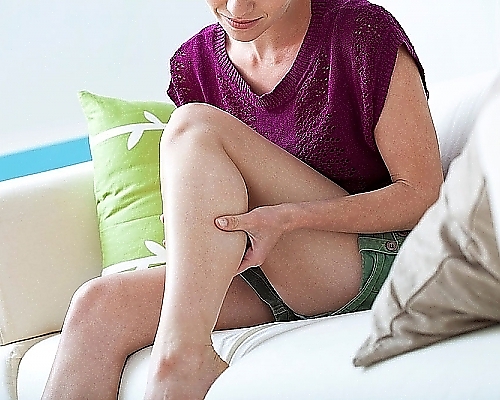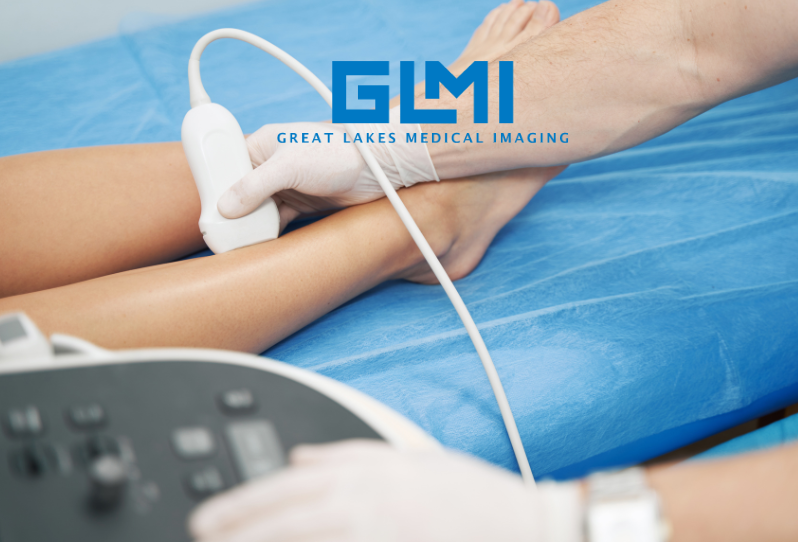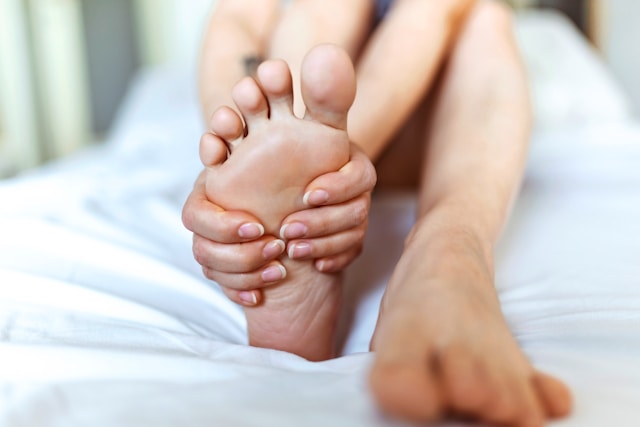Our Blog
What Causes Varicose Veins and How Can You Prevent Them?

Varicose veins are more than just a cosmetic concern; they can cause discomfort and lead to more serious health issues if left untreated. At Great Lakes Medical Imaging (GLMI), we understand the importance of addressing varicose veins and providing preventative measures to our patients in Buffalo, NY, and Western NY. In this article, we will explore the causes of varicose veins and offer practical tips on how to prevent them.
What Causes Varicose Veins?
Understanding Varicose Veins
Varicose veins are swollen, twisted veins that are visible just under the surface of the skin, usually in the legs. They occur when the valves in the veins that regulate blood flow become weak or damaged. When these valves fail to function properly, blood pools in the veins, causing them to enlarge and become varicose.
Factors Contributing to Varicose Veins
Several factors can contribute to the development of varicose veins:
1. Age
As you age, the wear and tear on the veins can cause the valves to weaken and function less efficiently, leading to varicose veins.
2. Gender
Women are more likely to develop varicose veins due to hormonal changes during pregnancy, menopause, and the use of hormone replacement therapy or birth control pills. These hormones can relax the walls of the veins, making valve failure more likely.
3. Genetics
If you have a family history of varicose veins, your risk is significantly higher. Genetics play a crucial role in the development of varicose veins, as they can determine the strength and elasticity of your veins.
4. Pregnancy
During pregnancy, the volume of blood in your body increases to support the growing fetus, adding extra pressure on your veins. Hormonal changes also contribute to the relaxation of vein walls, increasing the risk of varicose veins.
5. Obesity
Excess weight puts additional pressure on your leg veins, making them more susceptible to becoming varicose.
6. Prolonged Standing or Sitting
Jobs that require long periods of standing or sitting can lead to poor circulation, which increases the risk of varicose veins. When you stand or sit for extended periods, your veins work harder to pump blood to your heart, causing them to weaken over time.
How to Prevent Varicose Veins
While you can’t change certain risk factors such as age, gender, and genetics, there are several steps you can take to prevent varicose veins or manage the symptoms if you already have them.
1. Stay Active
Regular physical activity can improve blood circulation and reduce the risk of varicose veins. Exercise strengthens the muscles in your legs, which helps support healthy blood flow. Some recommended activities include:
- Walking: A low-impact exercise that helps improve circulation.
- Swimming: Gentle on the joints and excellent for overall cardiovascular health.
- Cycling: Strengthens the leg muscles and boosts circulation.
- Leg Strengthening Exercises: Exercises such as calf raises and leg lifts can help strengthen your leg muscles.
2. Maintain a Healthy Weight
Maintaining a healthy weight reduces pressure on your leg veins, decreasing the risk of varicose veins. A balanced diet and regular exercise can help you achieve and maintain a healthy weight.
3. Elevate Your Legs
Elevating your legs above heart level several times a day can help improve circulation and reduce the pressure on your leg veins. This practice is especially beneficial if you spend long hours standing or sitting.
4. Wear Compression Stockings
Compression stockings provide gentle pressure on your legs, helping the veins and leg muscles move blood more efficiently. They are particularly useful for individuals who are at higher risk for varicose veins or those who already have them.
5. Avoid Prolonged Standing or Sitting
If your job requires long periods of standing or sitting, try to take breaks to move around and stretch. Flexing your ankles and calf muscles can help promote circulation. If you have to stand, shift your weight from one leg to the other periodically.
6. Stay Hydrated and Eat a Healthy Diet
Drinking plenty of water and eating a diet high in fiber can help prevent varicose veins by maintaining healthy blood circulation and reducing the risk of constipation, which can contribute to vein problems.
When to Seek Medical Attention
If you notice symptoms such as swelling, pain, or discoloration in your legs, or if your varicose veins are causing significant discomfort, it’s important to seek medical advice. At Great Lakes Medical Imaging, we offer comprehensive diagnostics and treatment options for varicose veins.
Contact Us for Comprehensive Medical Imaging Services
At GLMI, we are dedicated to providing high-quality care for all your medical imaging needs, including the diagnosis and treatment of varicose veins. If you have any concerns or need to schedule an appointment, please contact us today. Our experienced team is here to support you every step of the way.
Varicose veins are common but manageable with the right care and lifestyle changes. By staying active, maintaining a healthy weight, and following the preventative measures outlined above, you can reduce your risk of developing varicose veins. Remember, early detection and treatment are crucial. Schedule your appointment with GLMI today and take a proactive step towards better venous health in Buffalo, NY, and Western NY. Early intervention can make a significant difference in your overall well-being.
Disclaimer: This blog article is for general informational purposes only and should not be construed as professional medical advice. Always seek the advice of your physician or other qualified health provider with any questions you may have regarding a medical condition.
‹ Back









